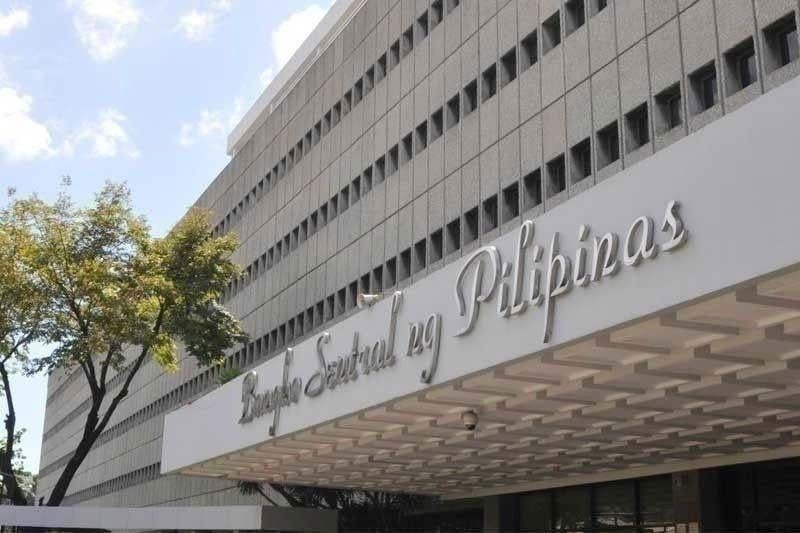In a recent report by the Bangko Sentral ng Pilipinas (BSP), the gross non-performing loans (NPL) ratio of local banks dropped to a two-month low of 3.51 per cent in June this year, a development that provides some optimism amid the ongoing challenges in the financial sector.

The NPL ratio, a key indicator of the health of the banking industry, is used to measure the proportion of loans that are at risk of default relative to the total loan portfolio.
As of June, total non-performing loans amounted to ₱502.442 billion, marking a 14.8 per cent increase from ₱437.633 billion during the same period in 2023.
This rise in NPLs underscores the growing pressure on borrowers to meet their financial obligations in a challenging economic environment. NPLs are defined as loan accounts where the principal or interest payments are overdue by 30 days or more (otherwise classified as impaired under current accounting standards).
According to the BSP, NPLs also include financial assets that are questionable or deemed a loss, particularly those under litigation or where it is unlikely that the principal and interest will be fully repaid without the foreclosure of any relevant collateral.
One example of a local bank that has made great progress amidst the ongoing challenges in the financial sector is Metrobank, which recently reported a record-breaking net income of PHP 23.6 billion in the first half of 2024, showcasing its strong financial performance amidst a challenging economic landscape.
A Closer Look at the PH Bank’s NPL Ratio
The NPL ratio, including interbank loans and gross allowance for credit losses, slightly improved in June, dropping to 3.51 per cent from 3.57 per cent in May. However, this ratio remains higher than the 3.43 per cent recorded in June of the previous year.
Despite this, the June figure represents the lowest NPL ratio since April’s 3.45 per cent.
For context, the NPL ratio lasted at 3.51 per cent in September 2020, during the height of the economic impact of the COVID-19 pandemic. The years leading up to the pandemic, from 2015 to 2019, saw much lower NPL ratios, ranging from 1.7 per cent to 2.5 per cent.
However, the ratio surged to a peak of 4.5 per cent in 2022 as the pandemic significantly strained borrowers’ ability to service their loans.
The Growing Loan Portfolio and Past Due Loans

Despite the increase in NPLs, the overall loan portfolio of the banking industry grew substantially, rising from ₱12.743 trillion in June 2023 to ₱14.318 trillion this June, reflecting a 12.36 per cent year-over-year growth.
This expansion in the loan portfolio indicates continued demand for credit, even as borrowers face challenges in meeting repayment obligations.
The past due ratio, which measures the percentage of loans not paid on time, also saw a decrease in June, falling to 4.29 per cent from 4.38 per cent in May.
This is still higher than the 4.09 per cent recorded in the same period last year. Past due loans increased by 17.8 per cent year-on-year, reaching ₱614.245 billion in June from ₱521.431 billion in June 2023.
Under BSP regulations, loans and other credit accommodations with unpaid principal and interest are subject to credit loss provisions, which vary depending on the number of days of missed payments. These provisions serve as a buffer for banks against potential losses.
Loan Loss Reserves and Restructured Loans

The loan loss reserves or NPL coverage ratio of banks stood at 95.41 per cent in June, a slight decrease from 95.81 per cent in May and a more significant drop from 101.70 per cent in June 2023.
Banks have since set aside ₱479.373 billion as loan loss provisions to cover potential losses, a 7.7 per cent increase from ₱445.070 billion the previous year.
Restructured loans, which are relief measures provided to troubled borrowers, totalled ₱293.617 billion in June, down 6.30 per cent from ₱313.336 billion during the same period in 2023.
Restructured loans represent credits for which banks have modified the terms and payment schedules to ease the financial burden on borrowers. The percentage of restructured loans to the entire gross loan portfolio fell to 2.05 per cent in June from 2.13 per cent in May and to 2.46 per cent in June 2023.
The latest BSP data underscores the resilience of the Philippine banking sector as it continues to navigate the complexities of the post-pandemic economic landscape.
While the decline in the NPL ratio is a positive sign, the increase in absolute NPL figures and the significant amount of past due and restructured loans highlight the ongoing challenges faced by borrowers and lenders alike.
As the economy continues to recover, the ability of banks to manage these risks will be crucial in maintaining the stability of the financial system.







